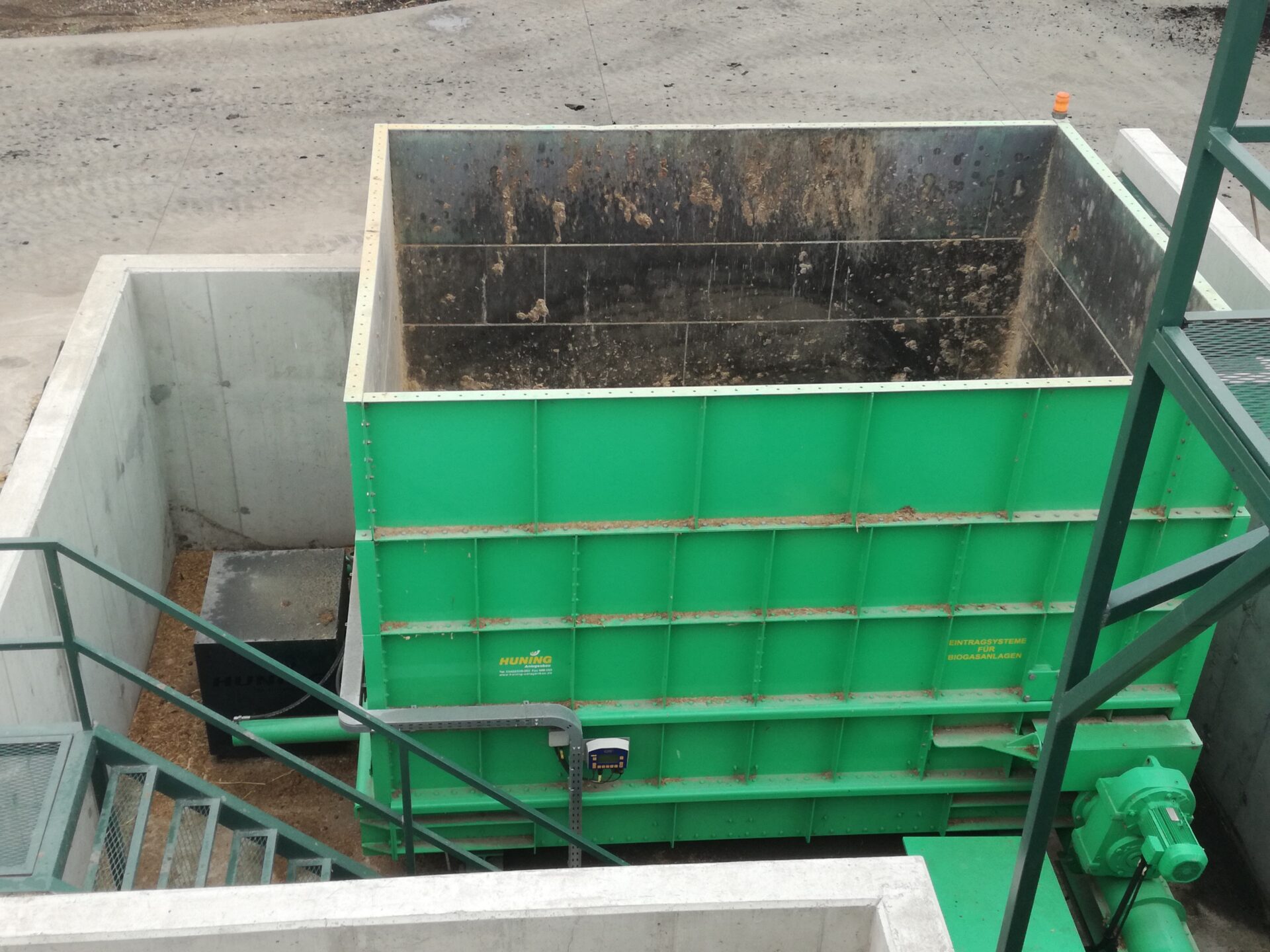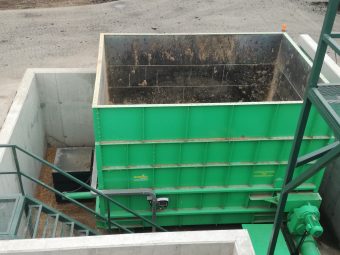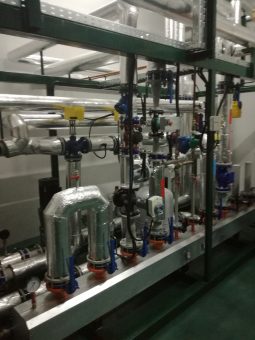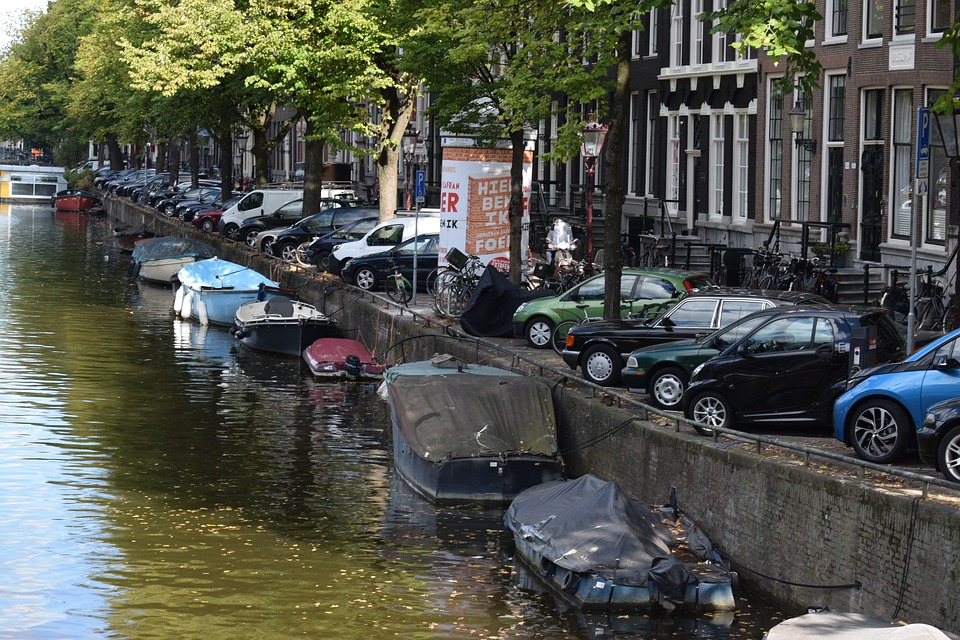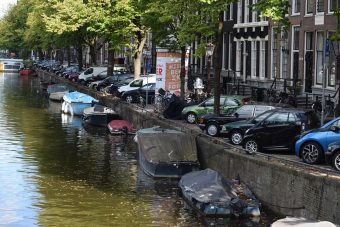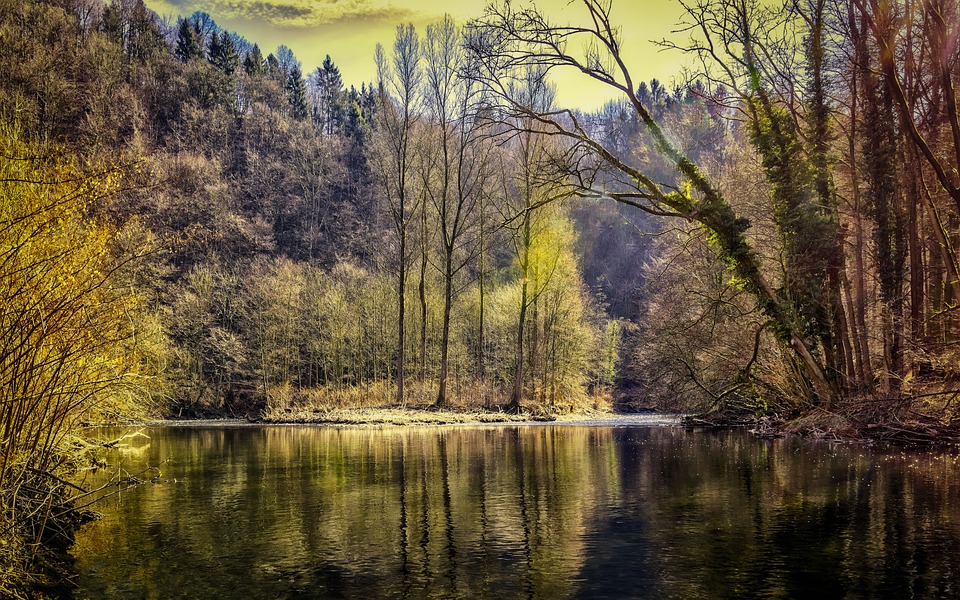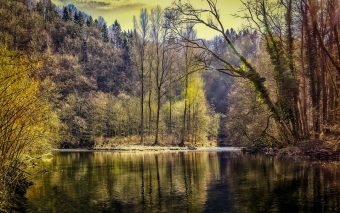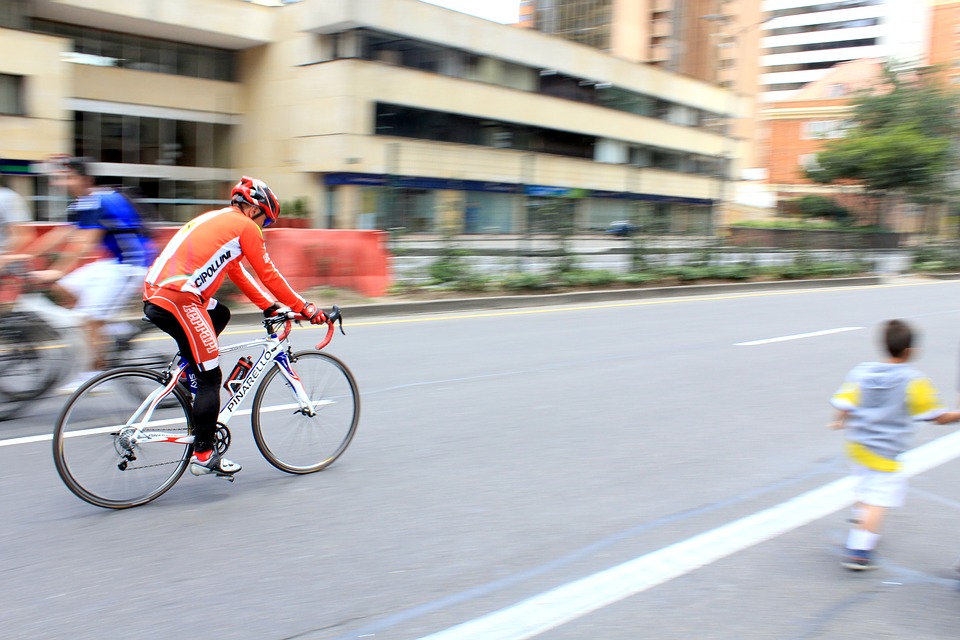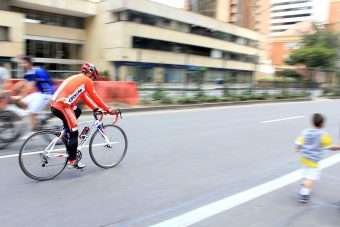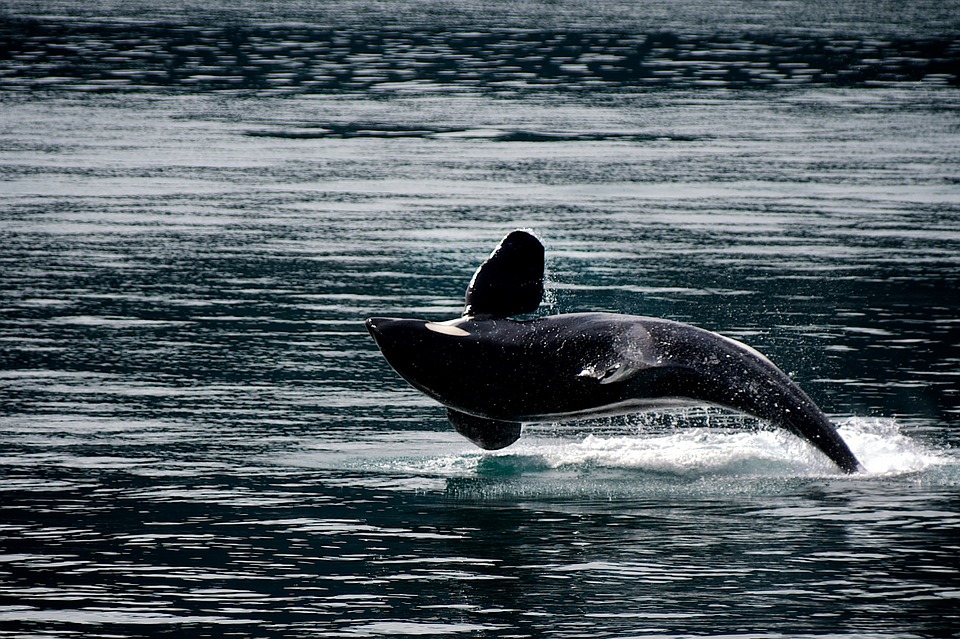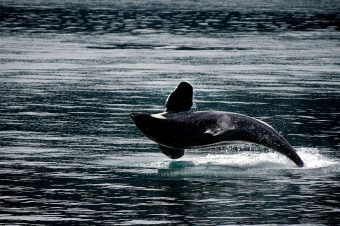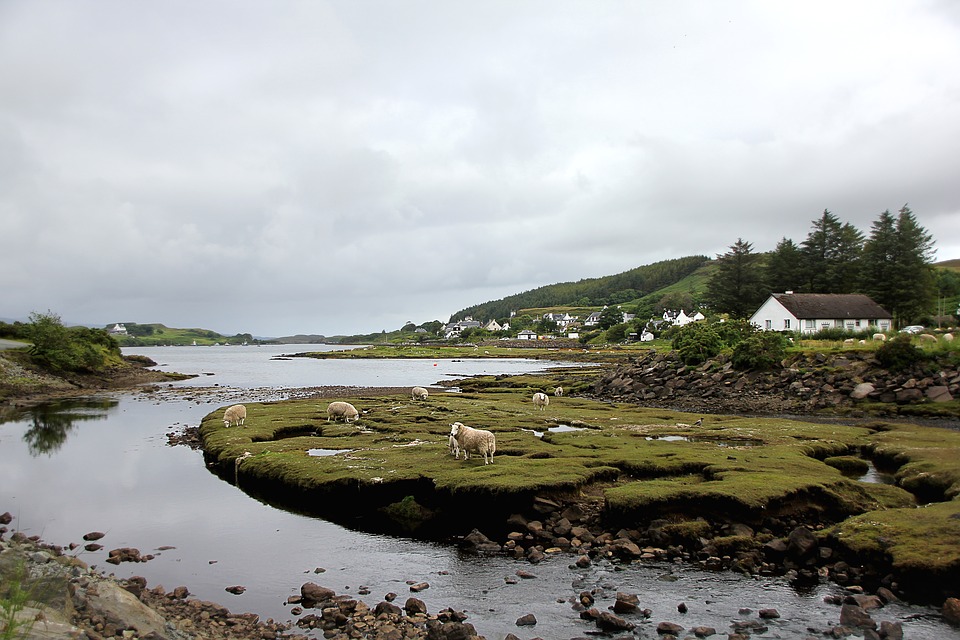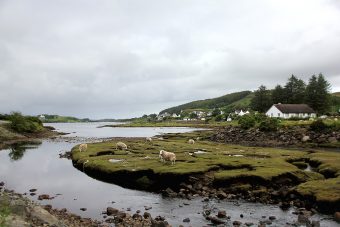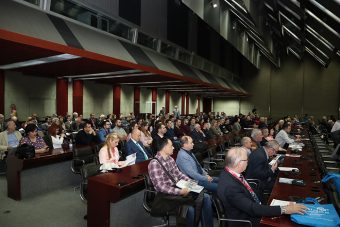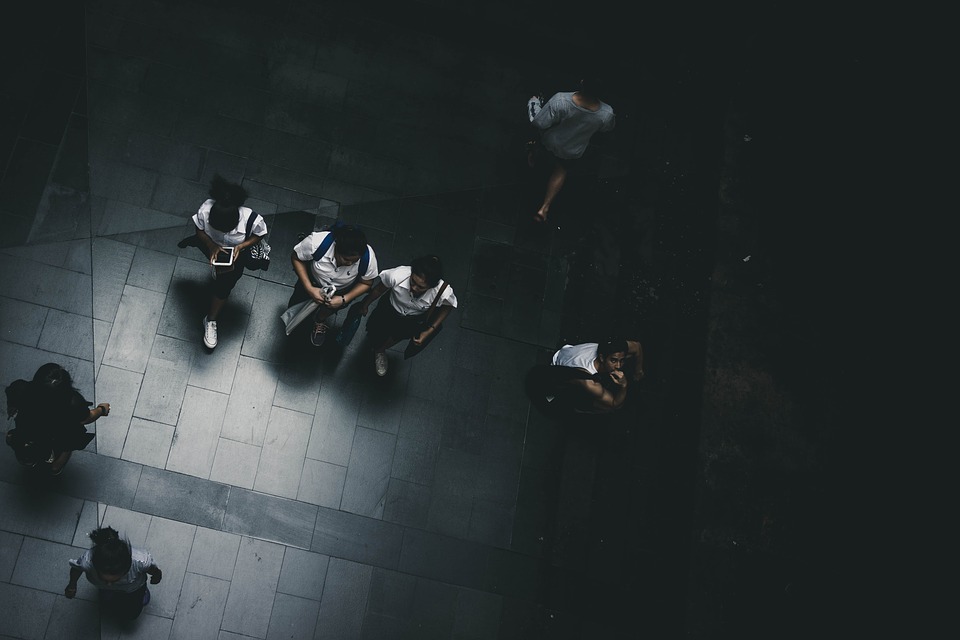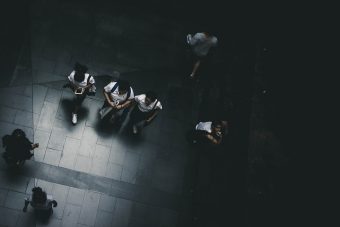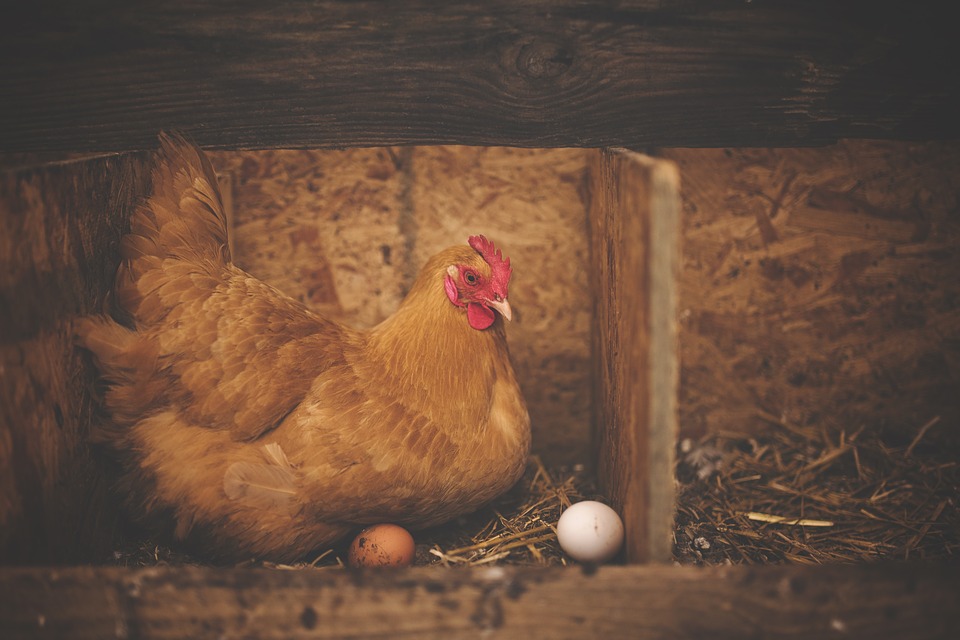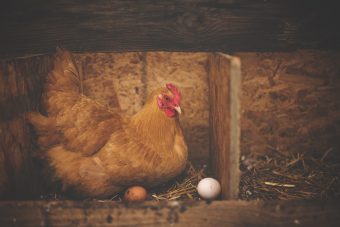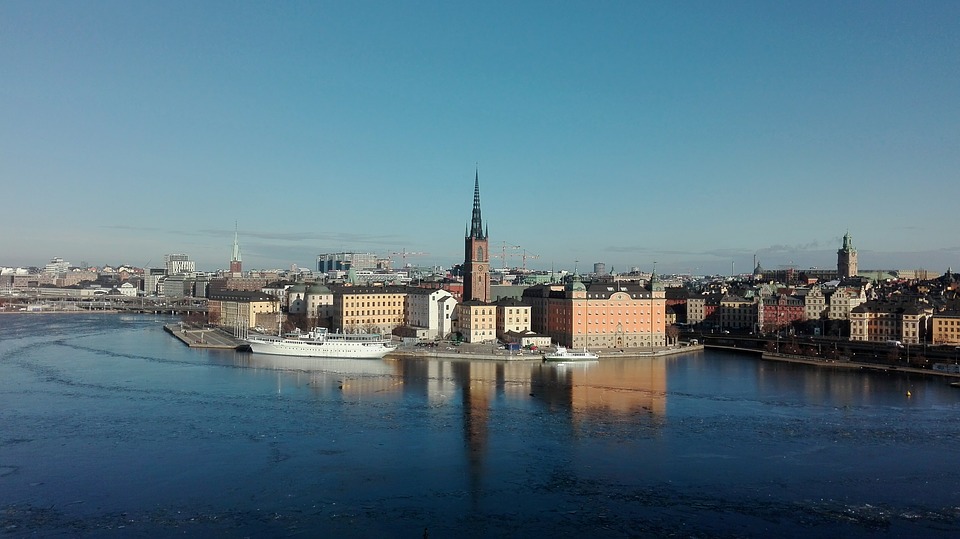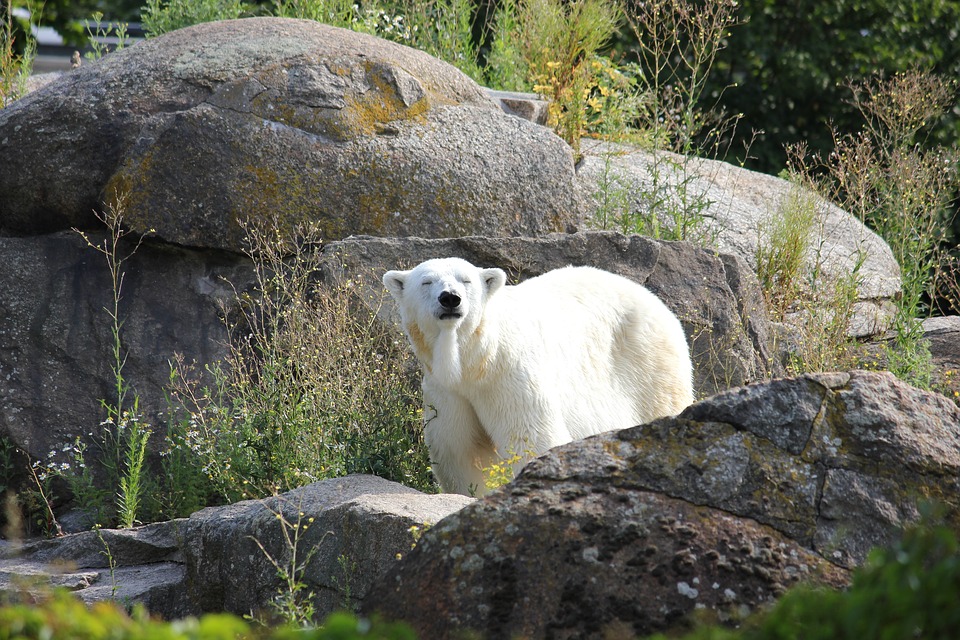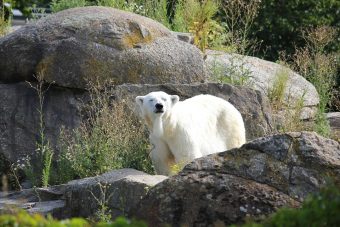There have been more than 400 arrests linked to the Extinction Rebellion protests across London and reports suggest the capital’s cells are rapidly filling up.

The Metropolitan police would not release up-to-date figures on cell capacity, but data from two years ago showed they had 799 cells available across London. With cuts to policing budgets, this number is likely to have fallen, so reports that cell space is under pressure are credible.
Extinction Rebellion protesters, activists and legal observers have told Guardian reporters some of those arrested are being taken to police stations outside London, with several saying demonstrators are being taken to Luton, while others mentioned Brighton and Essex.
The Met would not confirm or deny the claim. “Those who have been arrested are being taken to MPS custody suites throughout London,” a spokesperson said. “Contingency plans are in place should custody suites become full. We will not discuss [the matter] further for operational reasons.”
However, despite the volume of arrests, anecdotal evidence from those on the ground suggests the police are approaching the protests with a distinctly lighter touch. One legal observer said the diminishing capacity might be a reason why police were arresting people so slowly. “The other thing is that if they come in and do a mass arrest, they might lose public support,” she added.
Policing protests has long been a sore point for the Met, with the death of Ian Tomlinson at the G20 summit demonstrations in 2009 leaving a lasting mark on the force’s reputation, as did the scenes of kettling at the student protests in 2010.
There is a sense the Extinction Rebellion protests are being policed with a strict adherence to guidelines on public order policing. Forces are supposed to follow six principles when policing public order operations, according to the College of Policing, the professional standards body.
Under “policing standards and tone”, commanders need to set the style and tone at the start of an operation and be aware of the potential impact on public perceptions. Under “communication”, police are told to “use engagement and dialogue whenever possible”, and “establish and maintain links with communities, groups, partners, event organisers”.
Under “proportionate response”, officers are told to “demonstrate consideration and application of relevant human rights principles”, and police powers should be used appropriately and proportionately.
The legal framework sets out statutory and common law powers in relation to public order policing, which must be used in accordance with the European convention on human rights. The relevant acts include the Public Order Act 1986 and Criminal Justice and Public Order Act 1994.
Source: Guardian





